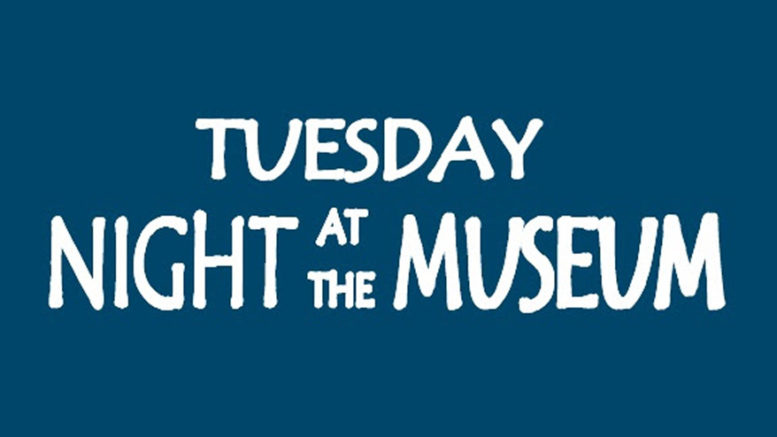Adam Prudhomme
Beaver Staff
A rather significant yet relatively unknown historical figure will be the topic of discussion at this month’s Tuesday Night at the Museum on May 15, when history professor Dr. Michelle Hamilton will present the life and legacy of Dr. Oronhyatekha.
Referred to as Dr. O. for short, he is noted for rising to prominence in both medicine and politics in the Napanee/Tyendinaga area as well as his birthplace of Six Nations of the Grand River. He lived for 65 years spanning 1841 to 1907.
Hamilton, who has devoted years to researching First Nations history at the University of Western Ontario, also co-wrote Oronhyatekha’s biography.
“Dr. O never appeared in Canada history textbooks or anything like that,” said Hamilton. “It wasn’t really until the early 200os when Keith Jamieson, my co-author, starting doing research on Dr. O. that he became more well known in Canada.”
Along with becoming one of the most prominent doctors of his time, he also had a brief political career, helping Natives to first secure the right to vote in 1885.
Following the publication of his nearly 100 year posthumous biography, he began to gain recognition for his accomplishments, earning him the Person of National Historic Significance designation from Parks Canada as well as an exhibit in the Royal Ontario Museum in the early 2000s.
“One of the places he had a practice was actually Napanee,” said Hamilton. “He did live in Napanee for a bit so of course I’ll talk about that. I’m going to talk a little bit about his background, his early childhood, his college degrees. That’ll be a smaller part of the talk but what I’d really like to focus on is what he was doing in that area. Part of it was his medical practice. He was the physician appointed by the Department of Indian Affairs to look after the Tyendinaga Mohawks.”
He further cemented his ties to the area when he married his wife Ellen Hill, who lived on the reserve.
He’s perhaps most well known in this area for purchasing and developing Foresters Island, which he named after his employer at the time.
“It was an island that was just covered with bush (when he acquired it),” said Hamilton. “There wasn’t anything there. He built a hotel and a Foresters meeting hall, cottages for people to stay in, he built a dock so the boats could come up, he had a zoo, he had a park, he had a band stand so that bands could come and play. He started boating races. It was the major tourist destination.”
Perhaps most notable from his zoo was a domesticated moose. An orphanages he established on the island was memorable due to the fact that it looked more like a castle than an orphanage. That spoke to the type of person Dr O was says Hamilton, he was well known for going over the top rather than being conservative.
“Nothing is left of Foresters Island,” said Hamilton. “All the buildings came down and the island itself in his will was left to the Foresters and the Foresters have since returned it back to the Mohawks because they don’t have any use for it.”
Hamilton, who has done several talks in the London, Ont. area about Dr. O. says she hopes they will help to spark people’s curiosity about his life and to keep his memory alive for the next generation.
Tickets for next Tuesday’s talk are $3 and will be sold at the door. The talk gets underway at 7 p.m. at the Lennox and Addington County Museum and Archives, located at 97 Thomas Street E in Napanee.

